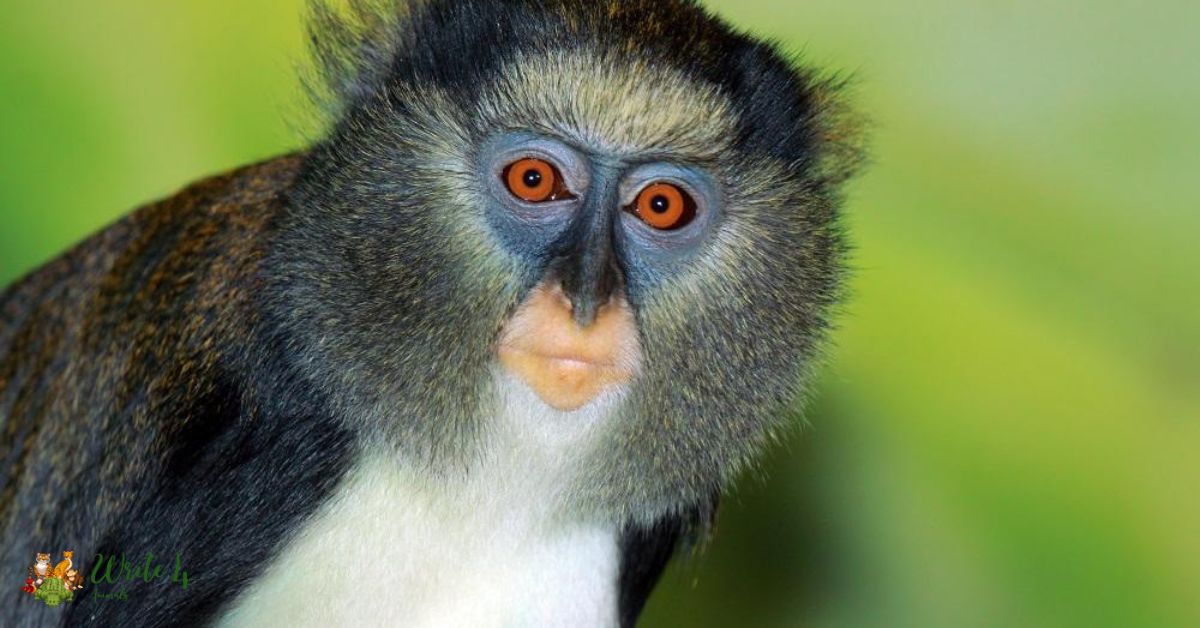When we think of monkeys, we often conjure images of cute, playful, and endearing creatures swinging through the trees. However, the world of primates is incredibly diverse, encompassing a wide range of species with unique features and characteristics.
In this article, we’re going to challenge our perceptions and celebrate the diversity of primates by exploring the Top 10 ugly monkeys in the world and we will also share pictures of ugly monkeys.Remember, beauty is subjective, and these primates play vital roles in their ecosystems.
Top 10 Ugly monkeys in the world
1. Proboscis Monkey
The Proboscis Monkey (Nasalis larvatus) is a distinctive and, some might say, unusual-looking primate native to the island of Borneo in Southeast Asia. What sets this monkey apart is its incredibly prominent, bulbous nose, wahich is found primarily in adult males.
This comically large nose serves multiple purposes, including amplifying vocalizations, attracting potential mates, and aiding in thermoregulation by dispersing excess body heat.
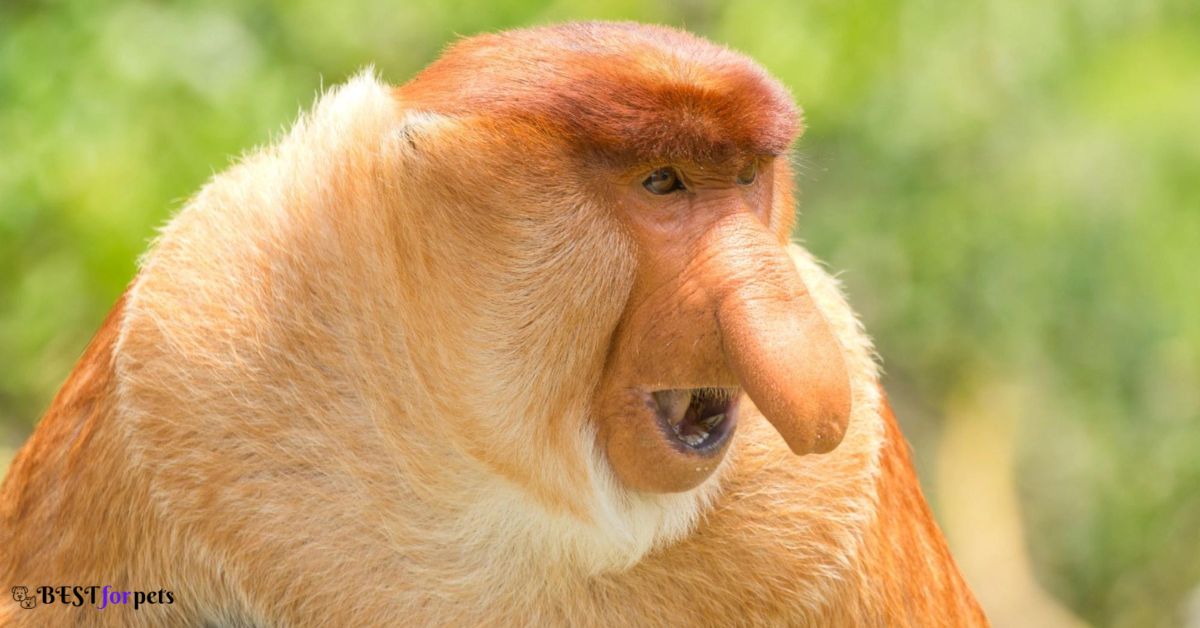
Proboscis Monkeys are known for their potbellies, rotund figures, and stocky limbs, making them appear rather peculiar compared to other monkey species. Despite their unconventional appearance, these monkeys play a crucial role in their mangrove and riverside habitats by dispersing seeds and promoting plant growth.
2. Bald Uakari
The Bald Uakari (Cacajao calvus) stands out immediately due to its distinctive facial appearance. Native to the Amazon rainforests of South America, these primates possess almost hairless, bright red faces that make them look quite unique and, some might say, “ugly.” The vivid red coloring is a result of a lack of pigment in their facial skin, and it’s believed to be a sign of good health and genetic fitness.
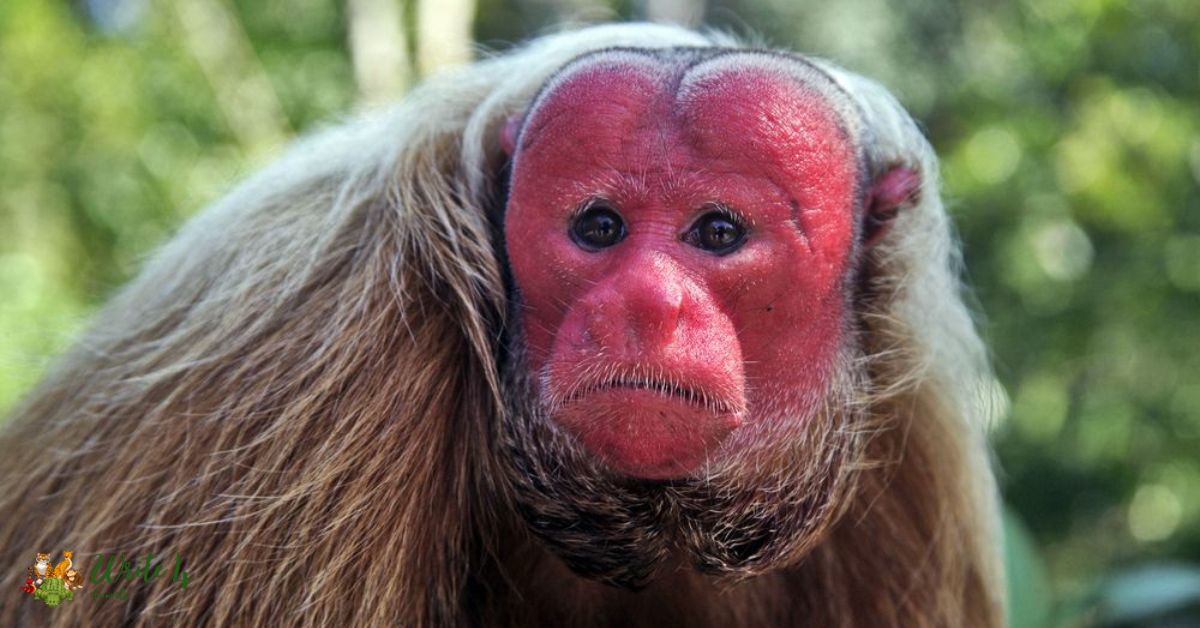
This unusual appearance serves to adapt the Bald Uakari to its hot and humid environment by preventing excess fur from trapping heat. While their appearance may be unconventional, these monkeys are essential for the ecosystem as seed dispersers, helping maintain the diversity of the rainforest.
3. Mandrill
The Mandrill (Mandrillus sphinx) is a fascinating primate found in the dense rainforests of Central and West Africa. These monkeys are known for their distinctive and colorful appearance, which may be perceived as unconventional by some due to their vibrant facial markings.
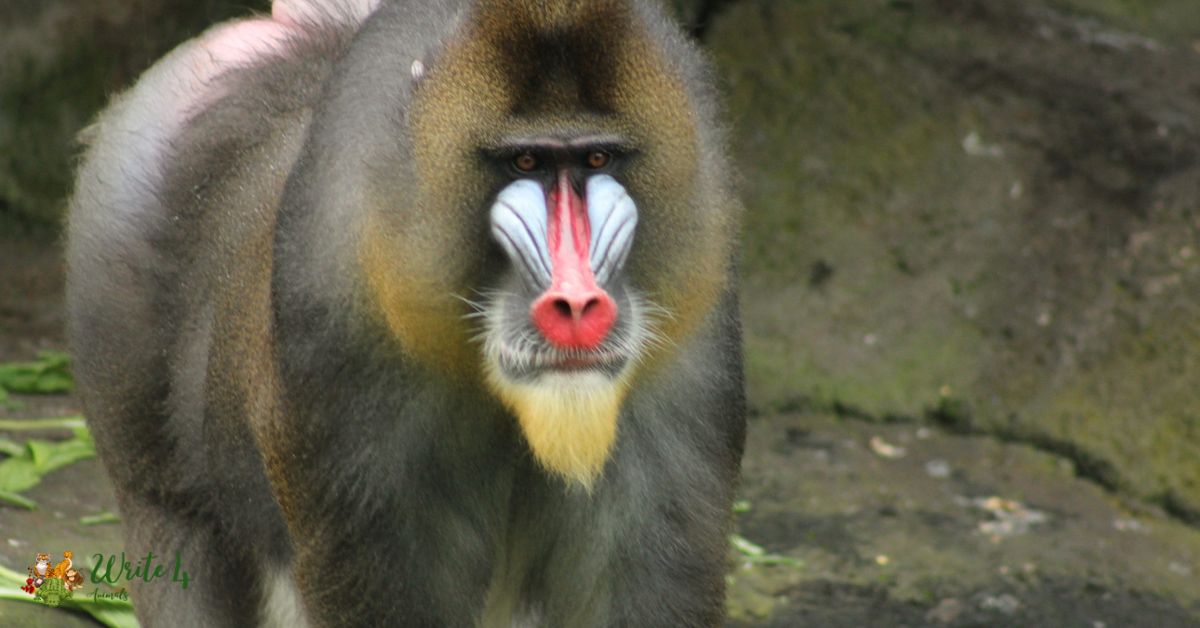
Mandrills are the largest of all monkeys and are easily recognized by the bright blue and red skin on their faces and their colorful rump. Males typically have larger facial ridges and more colorful patterns, which intensify during periods of excitement or social interactions.
These monkeys live in large, multi-male and multi-female groups known as troops. Their diet consists of a wide variety of foods, including fruits, leaves, insects, and even small animals.
4. Saki Monkey
The Saki Monkey, scientifically known as Pithecia, is a group of New World monkeys found in the dense forests of South America. What often stands out about these monkeys is their somewhat unconventional appearance.
Saki Monkeys are known for their long, shaggy fur and distinctive facial expressions, which can sometimes resemble a somewhat “grumpy” look.
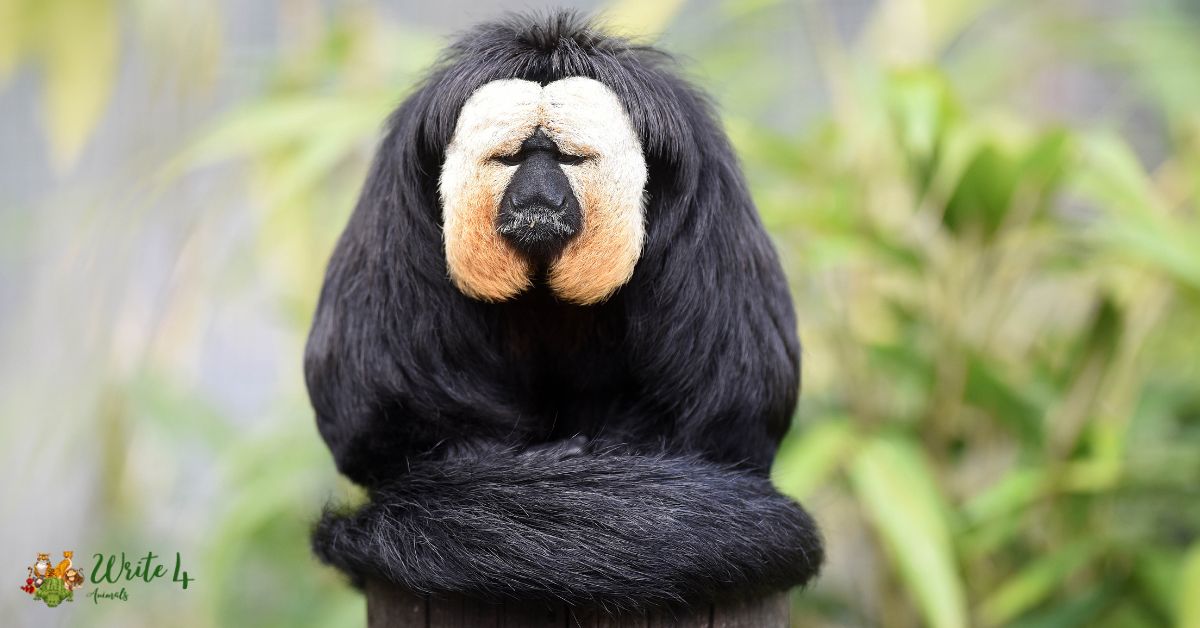
These primates play essential roles in their ecosystems as seed dispersers. They primarily feed on fruits, nuts, and leaves, helping to maintain the health and diversity of the forest. While they may not conform to conventional standards of cuteness, their contribution to the environment is invaluable.
5. Tarsier
Tarsiers are small primates known for their unique and somewhat unusual appearance. Found in Southeast Asia, tarsiers have disproportionately large eyes, which are each roughly the same size as their brains. Their big eyes are adapted for night hunting, as these tiny primates primarily prey on insects.
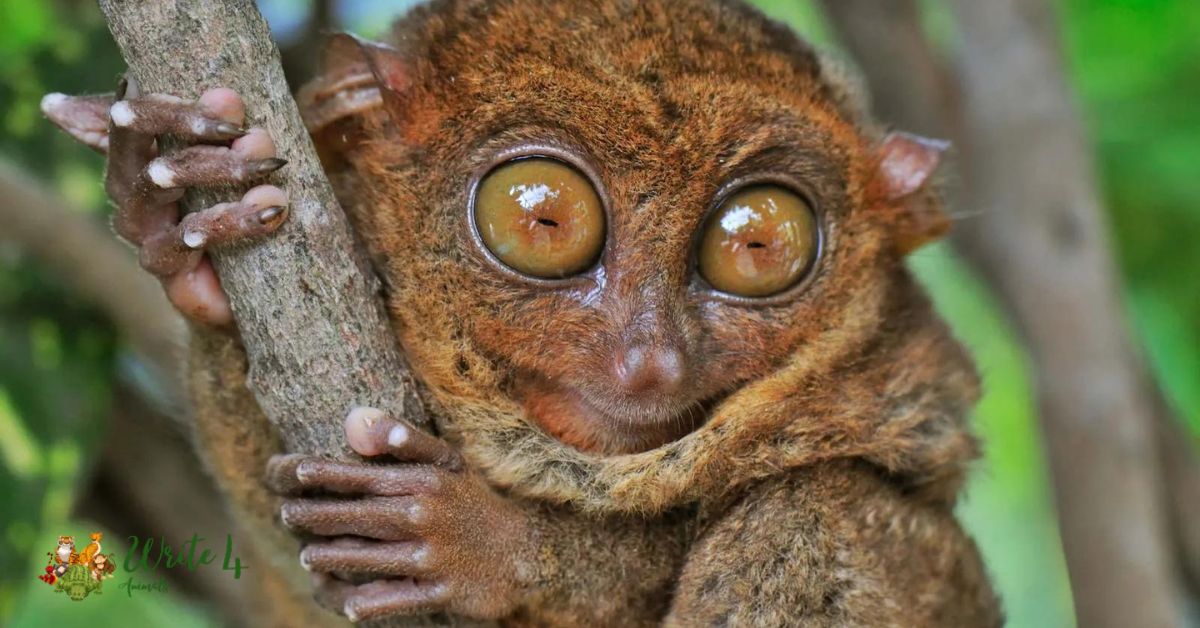
In addition to their large eyes, tarsiers have long fingers and toes with adhesive pads, enabling them to leap from tree to tree with agility. Their small size and eerie appearance, including their almost perpetual look of surprise, make them fascinating but unconventional creatures in the world of primates.
6. Howler Monkey
Howler Monkeys, often known for their distinctive vocalizations, may not fit traditional beauty standards due to their somewhat disheveled appearance. These large New World monkeys are found in Central and South America, with several species within the genus Alouatta.
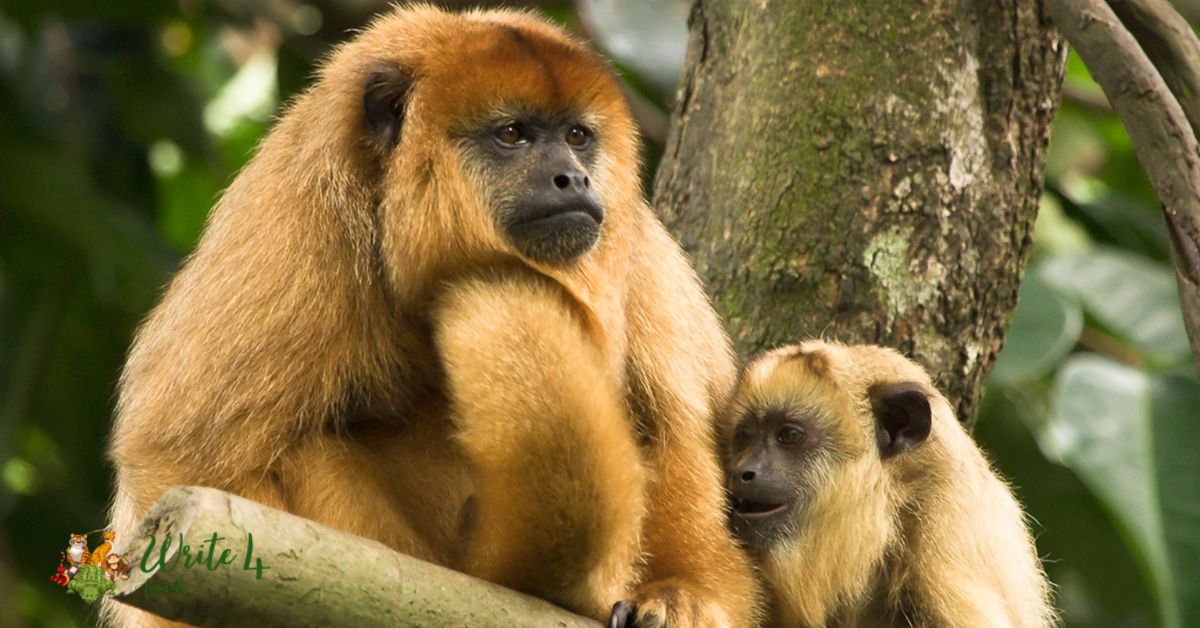
Howler Monkeys have prehensile tails, robust builds, and thick fur. Their loud howling calls are used for communication within their troops and to mark territory. Despite their somewhat unkempt look, they play vital roles in maintaining the health of the rainforests by dispersing seeds and contributing to forest regeneration.
7. Japanese Macaque (Snow Monkey)
The Japanese Macaque, commonly referred to as the Snow Monkey, is known for its adaptation to cold climates and often scruffy appearance. These monkeys are found in various parts of Japan and are known for their communal behavior, including soaking in thermal hot springs during winter.
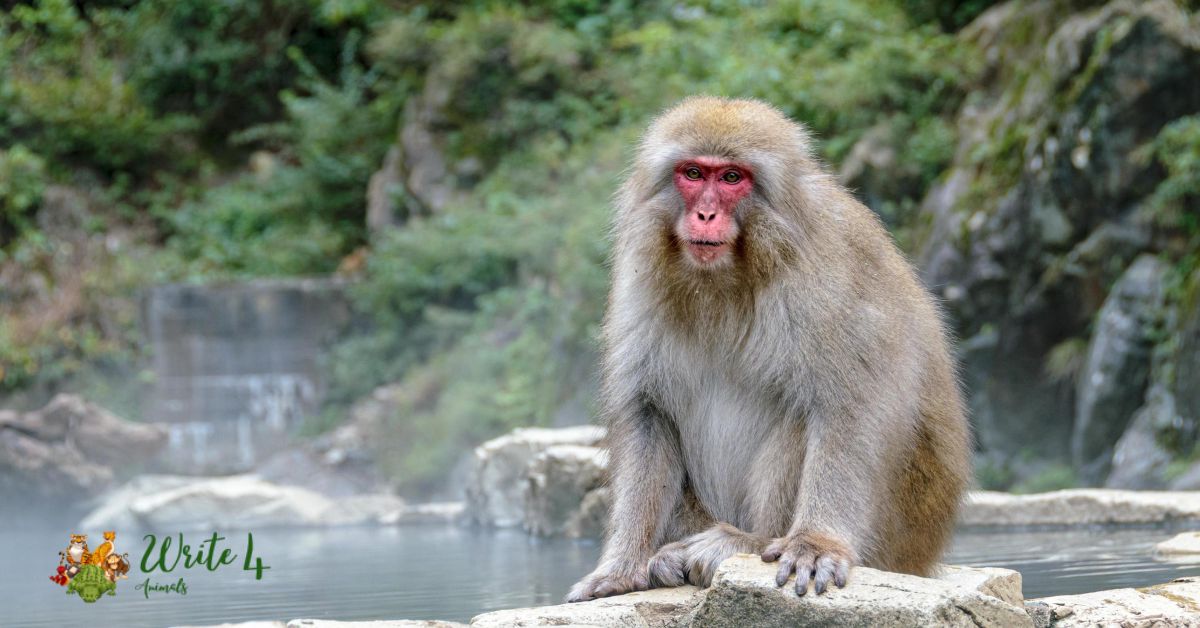
Their fur can appear unkempt, especially during colder months when they develop thicker coats. This adaptation helps them stay warm in the harsh winter conditions of Japan’s mountains. The Snow Monkey’s red faces and expressive eyes add character to their appearance, making them an intriguing species despite their unconventional looks.
8. Spider Monkey
Spider Monkeys are a remarkable group of primates known for their long, slender limbs and prehensile tails, which make up the majority of their body length.
They are found in Central and South America, inhabiting dense rainforests and tropical forests. While their appearance may not fit traditional beauty standards, they are perfectly adapted for an arboreal lifestyle.
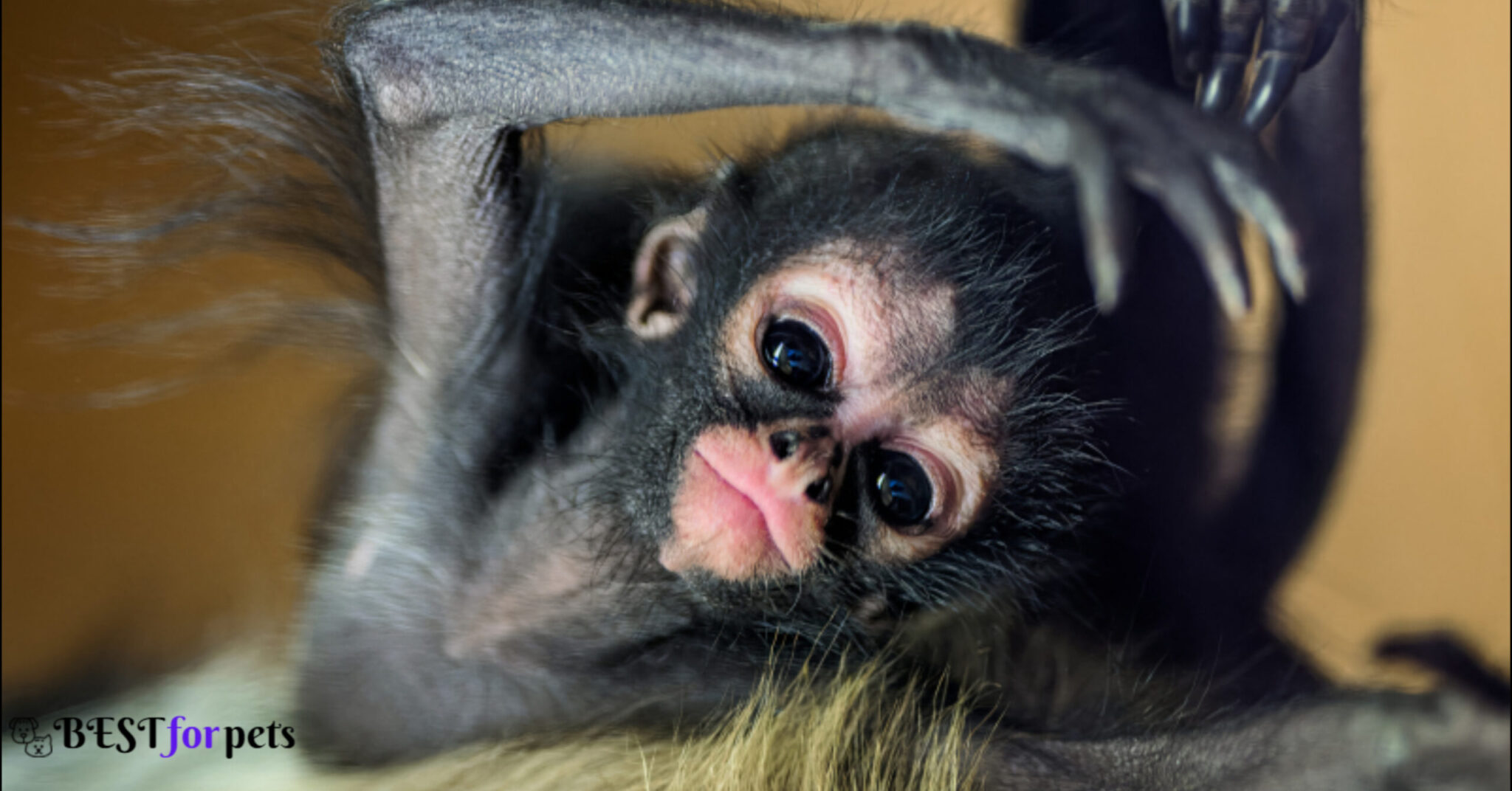
These monkeys are excellent climbers and spend most of their lives in the treetops, swinging gracefully from branch to branch using their strong tails. They are known for their agile movement, which resembles that of a spider, hence the name “Spider Monkey.” Their social structure is complex, with strong bonds within the group.
Spider Monkeys play essential roles in forest ecosystems by dispersing seeds as they consume fruits. Their distinctive appearance and unique ecological niche contribute to the rich biodiversity of the neotropical forests they call home.
9. Guenon Monkeys (Various Species)
Guenon Monkeys encompass a diverse group of primates native to sub-Saharan Africa. This group includes several species, each with its own unique characteristics and markings
. While some Guenon Monkeys have vibrant and contrasting facial patterns that some might find unconventional, these markings are part of their camouflage in their forested habitats.
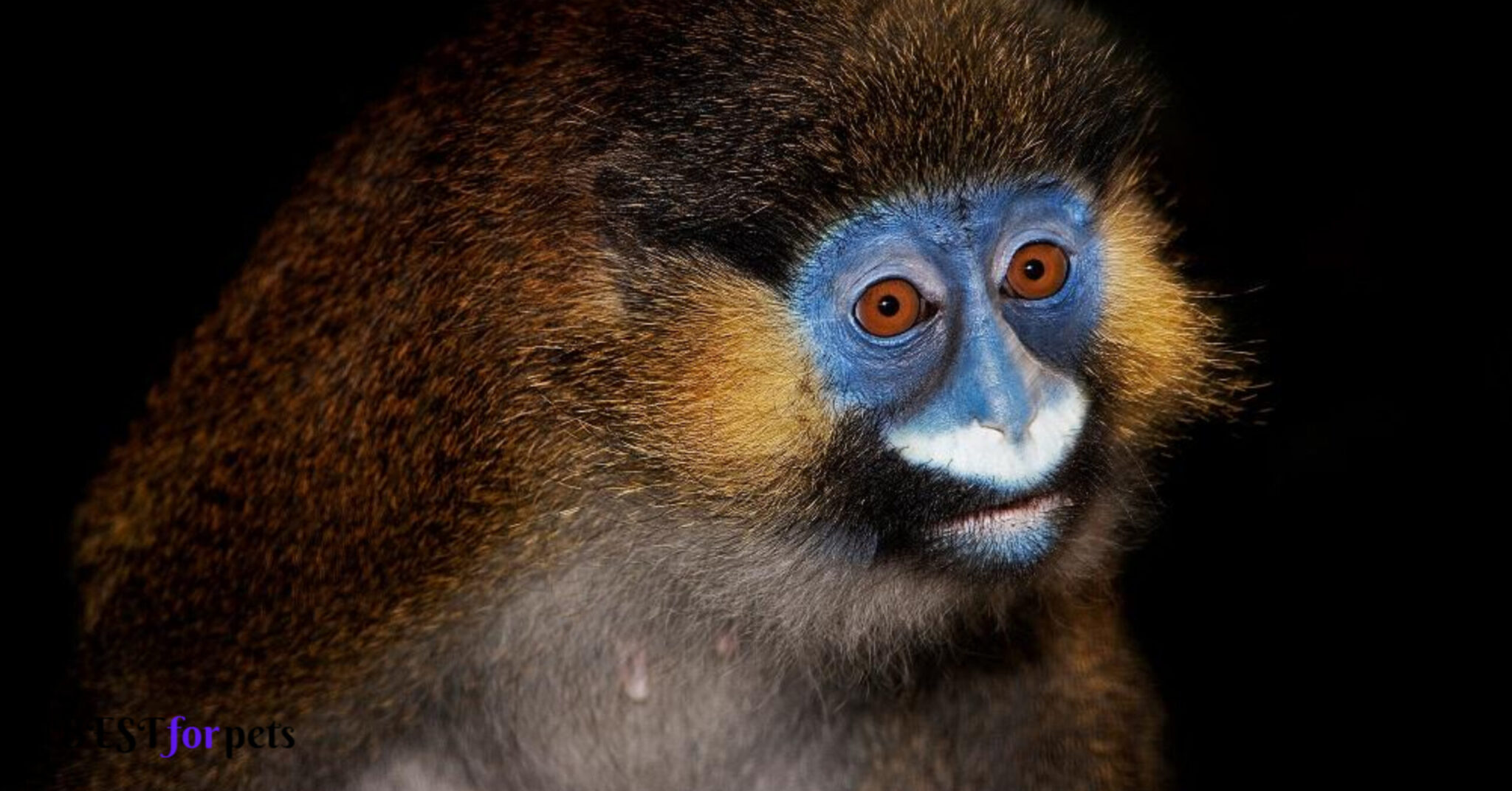
These monkeys are generally small to medium-sized and are known for their agility and leaping abilities. They are omnivorous, feeding on a wide variety of fruits, leaves, insects, and small animals. Guenon Monkeys are arboreal and often live in multi-species groups.
Their role in seed dispersal and forest regeneration is crucial, contributing to the health and diversity of the African rainforests and woodlands where they reside.
10. Gelada Baboon
The Gelada Baboon, often referred to as the “bleeding-heart monkey” due to the distinctive red patch on its chest, is native to the highlands of Ethiopia. While their facial features might not adhere to traditional standards of beauty, they possess fascinating social behaviors and adaptations.
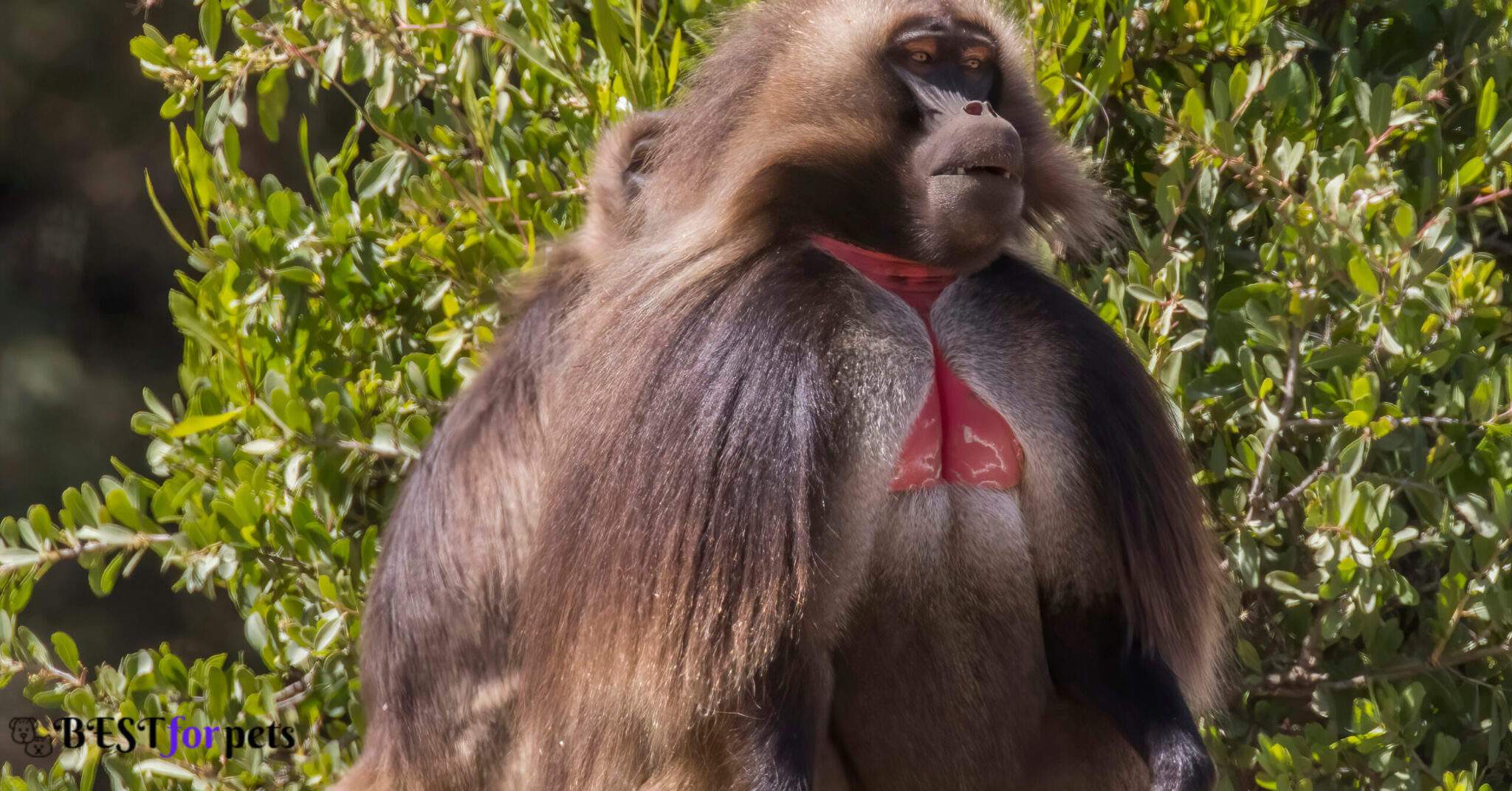
Gelada Baboons are primarily herbivorous, feeding on grasses in their high-altitude habitat. They are known for their complex vocalizations and social structure, with large troops led by dominant males. The red patch on their chest becomes more vibrant during periods of social excitement, such as during interactions with other group members.
These baboons are an essential part of their ecosystem, contributing to seed dispersal and helping to maintain the grasslands they inhabit. Their unique appearance and intriguing behaviors make them a valuable species to study in the context of primate biology and ecology.
Frequently Asked Questions
Are there specific species of monkeys that are commonly referred to as “ugly monkeys”?
No specific species of monkeys are scientifically classified as “ugly.” Beauty is subjective, and perceptions may vary. Monkeys, like all animals, play essential roles in ecosystems, each with unique features adapted to their environment.
Why are some monkeys considered less aesthetically pleasing than others?
Beauty standards are subjective and often influenced by cultural and personal perspectives. Some monkeys may be labeled as “ugly” based on distinct facial features, fur patterns, or other characteristics that diverge from conventional notions of attractiveness.
Do so-called “ugly” monkeys have any unique adaptations or behaviors that contribute to their survival?
Yes, monkeys, regardless of perceived aesthetics, have evolved unique adaptations and behaviors crucial for survival. These adaptations can include specialized feeding habits, social structures, or physical features that help them thrive in their specific habitats.
How do opinions about the appearance of monkeys impact conservation efforts?
While public perception may influence attitudes toward specific species, conservation efforts prioritize the ecological roles and conservation status of monkeys. Conservationists focus on preserving biodiversity, ecosystems, and the welfare of all species, irrespective of their perceived attractiveness.
Can “ugly” monkeys be kept as pets, and is it ethical to do so?
Keeping any monkey as a pet is generally discouraged due to ethical, conservation, and legal reasons. Monkeys have complex social and behavioral needs that are challenging to meet in a domestic setting. Additionally, the exotic pet trade poses risks to both the animals and public health.
Are there endangered “ugly” monkey species that need special attention for conservation?
Conservation efforts prioritize species based on their ecological importance and threat levels rather than perceived attractiveness. Endangered or threatened monkey species, regardless of appearance, receive attention to ensure their survival and maintain biodiversity.
Are there any benefits or ecological roles associated with so-called “ugly” monkeys?
Every monkey species plays a unique role in maintaining ecological balance. They contribute to seed dispersal, forest regeneration, and control insect populations, showcasing the importance of preserving diverse monkey species, irrespective of their perceived attractiveness.
Recommended
1. 12 Animals with down syndrome
2. Albino Monkey: History, Facts and More
